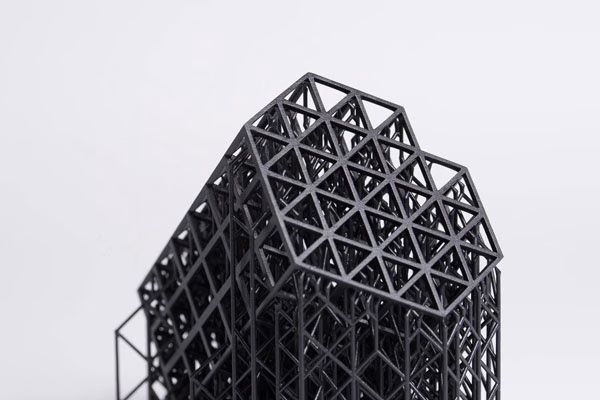If there is one manufacturing technique that has gone through rapid change in the last few years, it is 3D printing. This additive manufacturing method is no longer exclusive to hobbyists. It has branched out to make itself an essential tool for businesses. It has become a go-to process in product development and prototyping. Its application ranges from manufacturing to the jewelry industry and more.
The two most popular types of 3D printing are fused deposition modeling (FDM) and stereolithography (SLA). Both of the 3D printing technologies have gone through many refinements to make them more affordable, accessible, and easier to use.
In this article, we will compare the differences between the two: SLA and FDM 3D printing. It will help you decide which among them is the best technique for your business.
FDM 3D Printing
Fused deposition modeling (FDM) is also called fused filament fabrication because of the nature of how the part is made. It is undoubtedly the most widely used type of 3D printing by consumers. This type of 3D printing works by extruding filaments of thermoplastics, usually ABS or PLA through a heated nozzle. The melted material is applied layer by layer to build the part. It is used to make simple parts as a prototype and proof of concept.
SLA 3D Printing
Another popular type of 3D printing is called stereolithography. This is the first 3D printing technology released in the 1980s and was used mostly by professionals. SLA 3D printers use a laser to cure liquid resin into hardened plastic through photopolymerization.
SLA 3D printers are popular because they can produce highly accurate, isotropic, and watertight parts and prototypes in a wide range of materials. The finished part from this method has a smooth surface and fine features too.

SLA 3d printed parts
Comparing FDM and SLA 3D Printing
To know the differences between these two, we will look into their print quality, precision, materials and applications, ease of use, and printing cost and ROI.
Print Quality & Precision
FDM 3D Printing: It forms the material by depositing layers of materials. The resolution of the part is dictated by the size of the nozzle that results in voids in between the deposits. You will find the layers not fully adhering to one another. It will not also be able to make parts with intricate details too.
SLA 3D Printing: The liquid resin is cured by the laser, so each layer adheres to the other for finer results. In SLA, you can achieve high-quality results.
Materials & Application
FDM 3D Printing: It uses a wide range of standard thermoplastic filaments in abundant color options. FDM uses ABS, PLA, and other blends, including experimental fiber filaments that can create parts with the wood-like or metal-like surface.
SLA 3D Printing: The resin materials use in SLA can accommodate a range of configurations and formulas. They can be heavy or soft or added with ceramic or glass to enhance their properties.
Workflow & Ease of Use
Both SLA and FDM 3D Printing involve a three-step process: designing, 3D printing, and finishing. They also need support structures to accommodate parts with complex geometries.
Cost & ROI
FDM 3D Printing: The main advantage of FDM is the machine is low cost. It is more accessible to small businesses and hobbyists. However, these machines are also unreliable and would need an expert to keep them running.
SLA 3D Printing: FDM 3D printers are more tailored to businesses and hence more expensive. They provide better reliability and can accommodate larger volumes.
Conclusion
Both FDM and SLA printers are well-used across many industries, and they will be in the future. When you have to choose one technology over the other, remember to study the features of each and see which can better respond to your part requirement.
